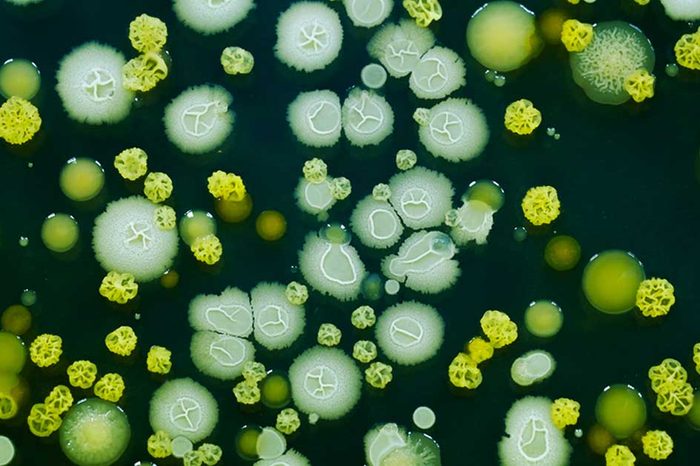These lucky creatures seem to have found the fountain of youth
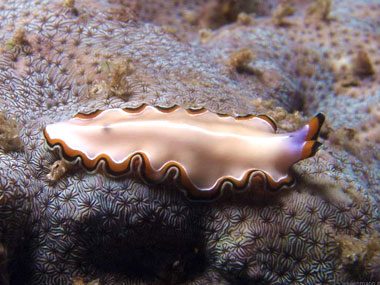
7 Immortal Animals That Can Basically Live Forever


Backward-aging jellyfish
At the top of our immortal animals list is a tiny variety of jellyfish known as Turritopsis doohmii, or more commonly, the immortal jellyfish. It has found a way to cheat death by actually reversing its aging process, according to National Geographic. If the jellyfish is injured or sick, it returns to its polyp stage over a three-day period, transforming its cells into a younger state that will eventually grow into adulthood all over again.

Ever-growing lobsters
There is a debate among the scientific community as to whether these red ocean dwellers are biologically immortal animals. A common cause of death for them is disease, not old age, and they can grow and reproduce until they die—though not with the same mate, unlike these lifelong monogamous animals. One lobster captured off the coast of Newfoundland was estimated to be 140 years old, but most males survive into their early 30s while females live an average of 54 years, according to the Smithsonian. Fun fact: The bigger the lobster, the older it is.
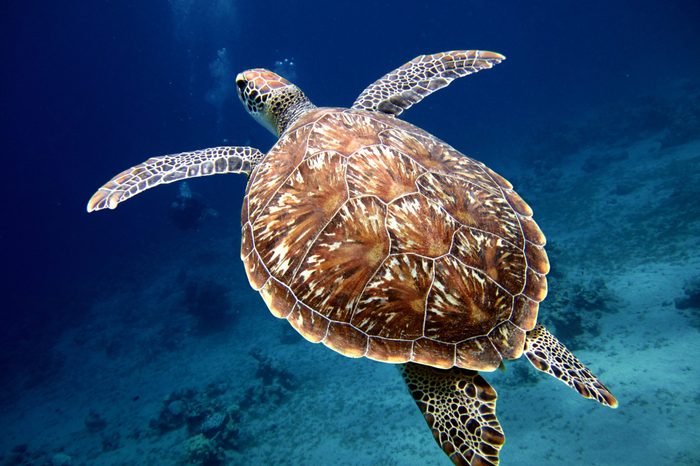
Sturdy turtles
Slow and steady really does win the race. Turtles have been known to live for centuries, and researchers have found that their organs don’t seem to break down over time. New York Times reports that turtles might even be able to live indefinitely if they are smart and savvy enough to avoid predators and disease. In other words, they definitely have the potential to be immortal animals.
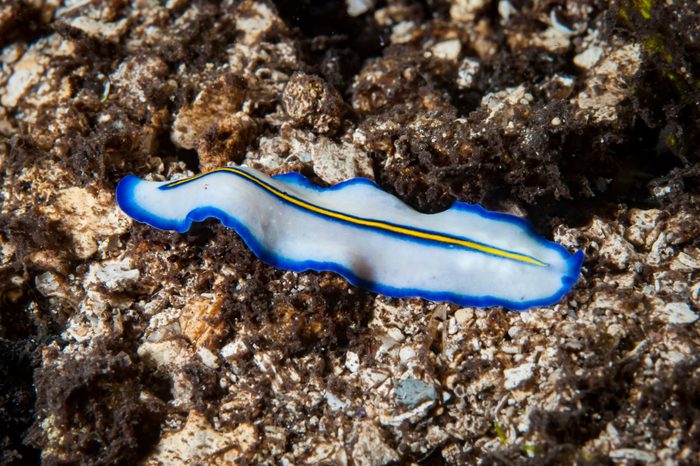
Regenerating flatworms
These creepy crawlers, also known as planarian worms, are famous for their regeneration abilities, where a worm cut across or lengthwise can form two separate worms. This apparently limitless regeneration also applies to aging and damaged tissue, allowing the worms to cheat death indefinitely, according to a study at the University of Nottingham.
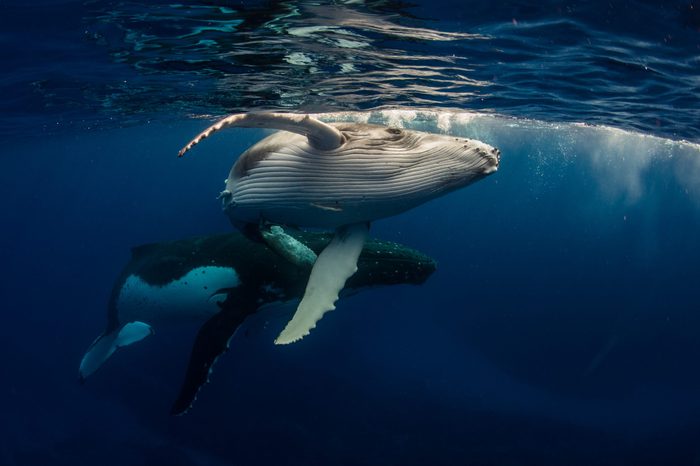
Toughest whales
Though not technically an immortal animal, the bowhead whale is the oldest living mammal. According to Popular Science, several species of whales have been known to live for more than 70 years, though in the 1990s, scientists discovered scars on the massive beasts (among the biggest living animals in the world) that had been made by weapons from the 1800s. The oldest known bowhead lived to be 211 years old.
Radiation-resistant bacterium
Deinococcus radiodurans, a poly-extremophilic bacterium, isn’t only radiation-resistant. These immortal animals can also die and come back to life thanks to their incredible DNA repair response. According to Ira S. Pastor, CEO of Bioquark Inc., “[They] can survive cold, dehydration, vacuum and acid, and [have] been listed as the world’s toughest bacterium.” The Guinness Book of Records even says they “can resist 1.5 million rads of gamma radiation, about 3,000 times the amount that would kill a human!”

The most indestructible species on the planet
Anything that tries to kill a tardigrade will quickly realize they encountered a practically immortal animal. These are creatures capable of sticking around for thousands of years, or even indefinitely, “by entering a state of cryptobiosis, whereby their metabolism comes to a halt,” says Pastor.
Additional reporting by Chelsea Stone.
Why trust us
At Reader’s Digest, we’re committed to producing high-quality content by writers with expertise and experience in their field in consultation with relevant, qualified experts. We rely on reputable primary sources, including government and professional organizations and academic institutions as well as our writers’ personal experiences where appropriate. We verify all facts and data, back them with credible sourcing and revisit them over time to ensure they remain accurate and up to date. Read more about our team, our contributors and our editorial policies.
Sources:
- National Geographic: “‘Immortal’ Jellyfish Swarm World’s Oceans”
- Smithsonian Magazine: “Don’t Listen to the Buzz: Lobsters Aren’t Actually Immortal”
- New York Times: “All but Ageless, Turtles Face Their Biggest Threat: Humans”
- University of Nottingham: “Immortal worms defy ageing”
- Popular Science: “6 Animals Older Than The World’s Oldest Woman”
- Guinness World Records: “Most radiation-resistant lifeform”
- Ira S. Pastor, CEO of Bioquark Inc.



















